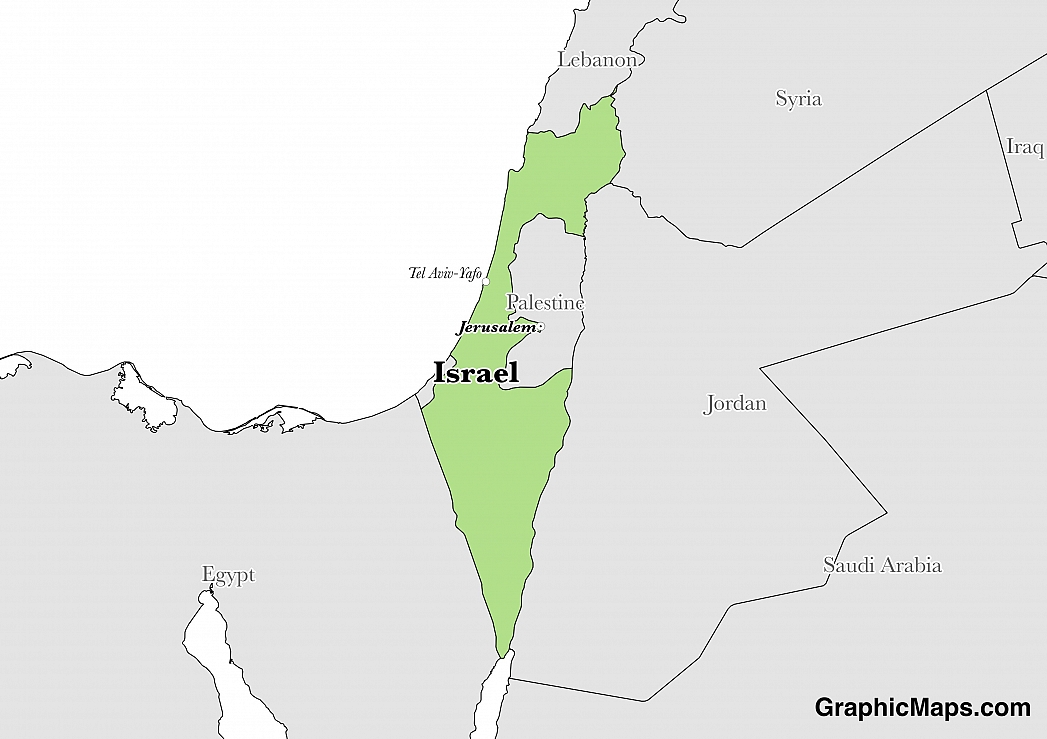The capital of Israel is Jerusalem. The city lies on a plateau in the Judean Mountains amid the Mediterranean and the Dead Sea. It is among the oldest cities in the world. Jerusalem was declared capital on December 5, 1949, by the state’s first Prime Minister, David Ben-Gurion. This proclamation was later backed up by the 1980 Jerusalem Law. However, this status is still under dispute and has not received international acknowledgment because both Palestinians and Israelis claim Jerusalem as their capital. These claims are for the reason that the city hosts all of Israeli’s major governmental institutions including the President’s and the Prime Minister’s residences, while the State of Palestine considers it as its throne of power.
Israel is home to approximately 8,452,841 people, with about 92% residing in the urban areas. Jerusalem has a population of roughly 890,000 people and is, therefore, the largest city in the country. There are more than one million inhabitants in the metropolitan area. However, the largest metropolitan area in Jerusalem is Gush Dan, situated in Tel Aviv City, with a population of 3.46 million people.
Jerusalem is home to a wide range of attractions. One of them is the Israel Museum, which is among the world’s leading art and archeology Museums, with about 5,000 artifacts, including the renowned Dead Sea Scrolls. Another popular attraction is Yad Vashem. It is made up of museums and memorials and houses the world’s biggest collection of information on the Holocaust. The Dead Sea is also a renowned site in Jerusalem, notable for being the lowest point on earth. Its waters are also so salty that no living thing can survive in them. Other attractions include the Wailing Wall, the Temple Mount, the Tower of David Museum, the Church of the Holy Sepulcher, and the Garden Tomb, among others.
The city of Jerusalem features a Mediterranean climate with wet, gentle winters and hot, dry summers. The winter months are much rainier than the summer, and although snow spells occur once every winter season, heavy snowfall is experienced every three or four years. Annually, the average temperature ranges at 17.2 °C. June is the driest month while August is the warmest with a mean temperature of 24.0 °C. Most of the rainfall is experienced in January, which is also the coldest month with an average temperature of 8.8 °C. The difference in temperatures throughout the year is 15.2 °C.
This page was last modified on May 1st, 2018
More on Graphicmaps

Published on 2019-11-06
What is a Trade Embargo?

Published on 2019-11-04
Which Two Countries Used to Have the Same Flag?

Published on 2019-09-16
What Is the Only Two-Sided State Flag?

Published on 2019-09-16
Which Country Flag Looks Like the Texas Flag?

Published on 2019-08-29
Flags That Resemble the US Flag

Published on 2019-08-20
